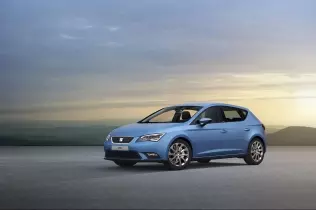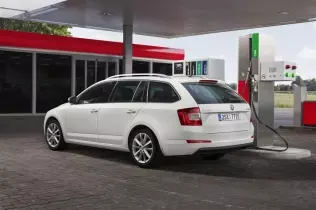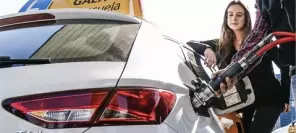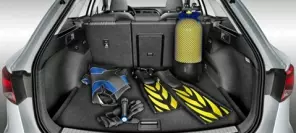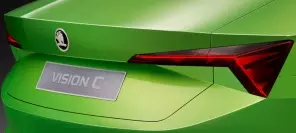- Main page
- Search
- Up to date
- Products
- Technology
- Vehicles
- Video
- Conversion Payback Simulator
Port Injection - Conversion Payback Simulator
Direct Injection - Conversion Payback Simulator
Diesel - Newsletter
Volkswagen Group's CNG cars
 loading results...
loading results...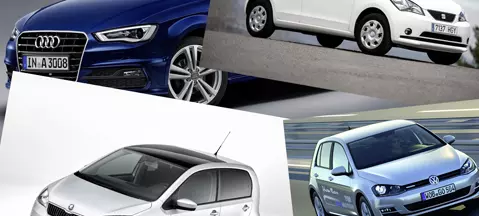 © Volkswagen Group
© Volkswagen Group 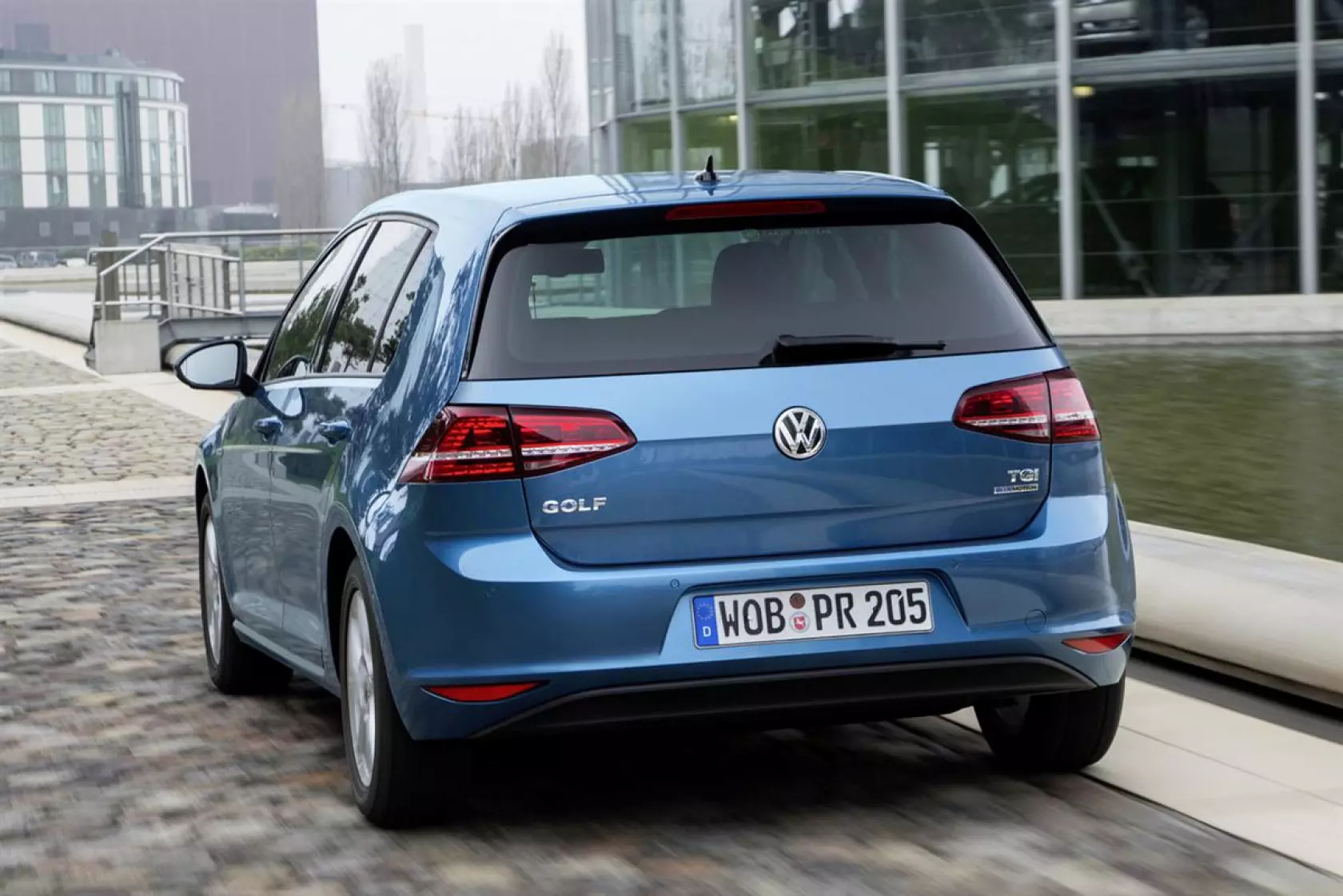 The TGI BlueMotion is the first CNG-powered Golf ever
The TGI BlueMotion is the first CNG-powered Golf ever  This is the boot floor of the Seat Leon TGI. There are CNG tanks underneath, you have our word
This is the boot floor of the Seat Leon TGI. There are CNG tanks underneath, you have our word 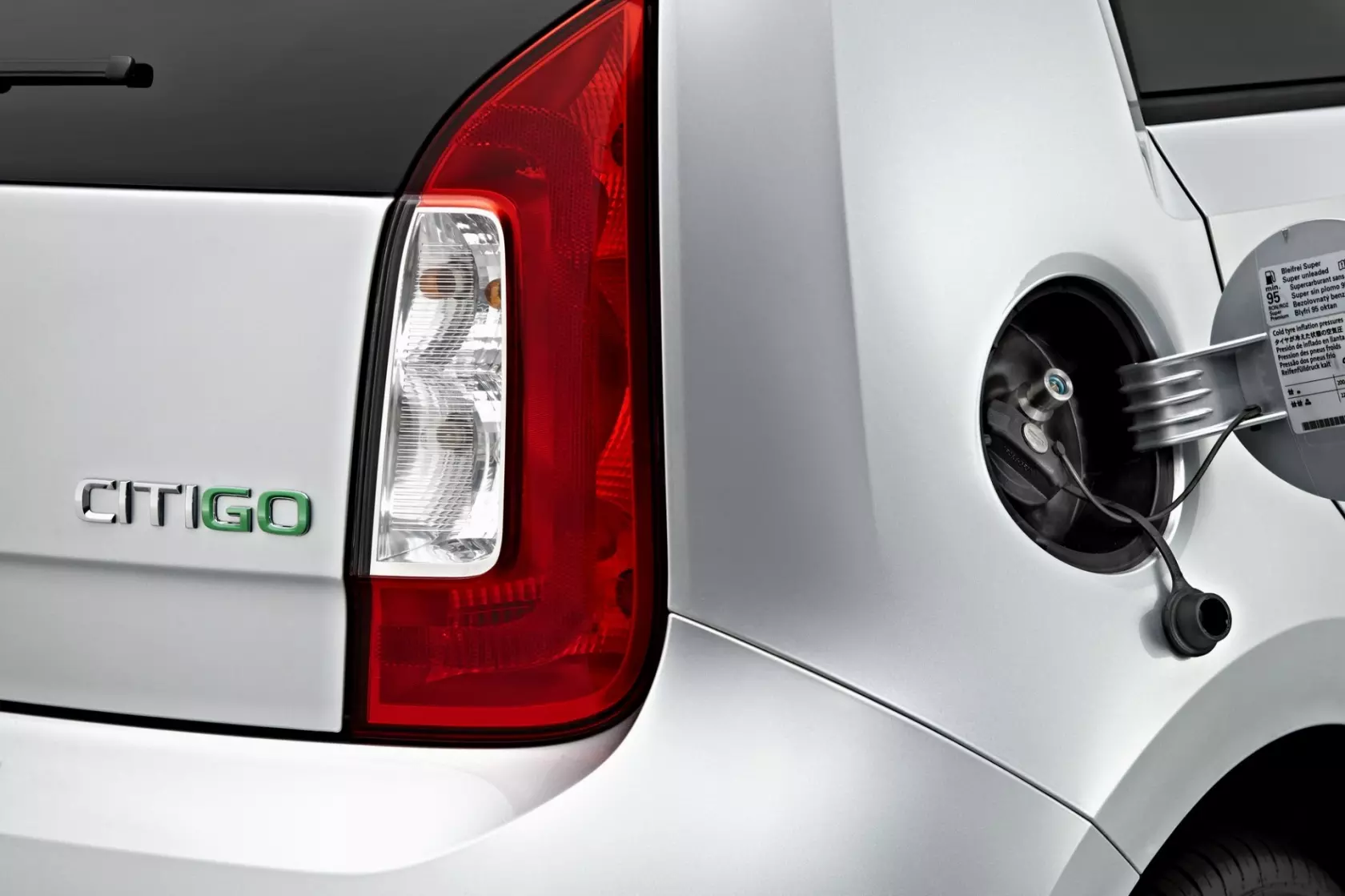 Fueling the Citigo G-TEC (as well as the Seat Mii Ecofuel and the Volkswagen eco up!) costs next to nothing at all
Fueling the Citigo G-TEC (as well as the Seat Mii Ecofuel and the Volkswagen eco up!) costs next to nothing at all 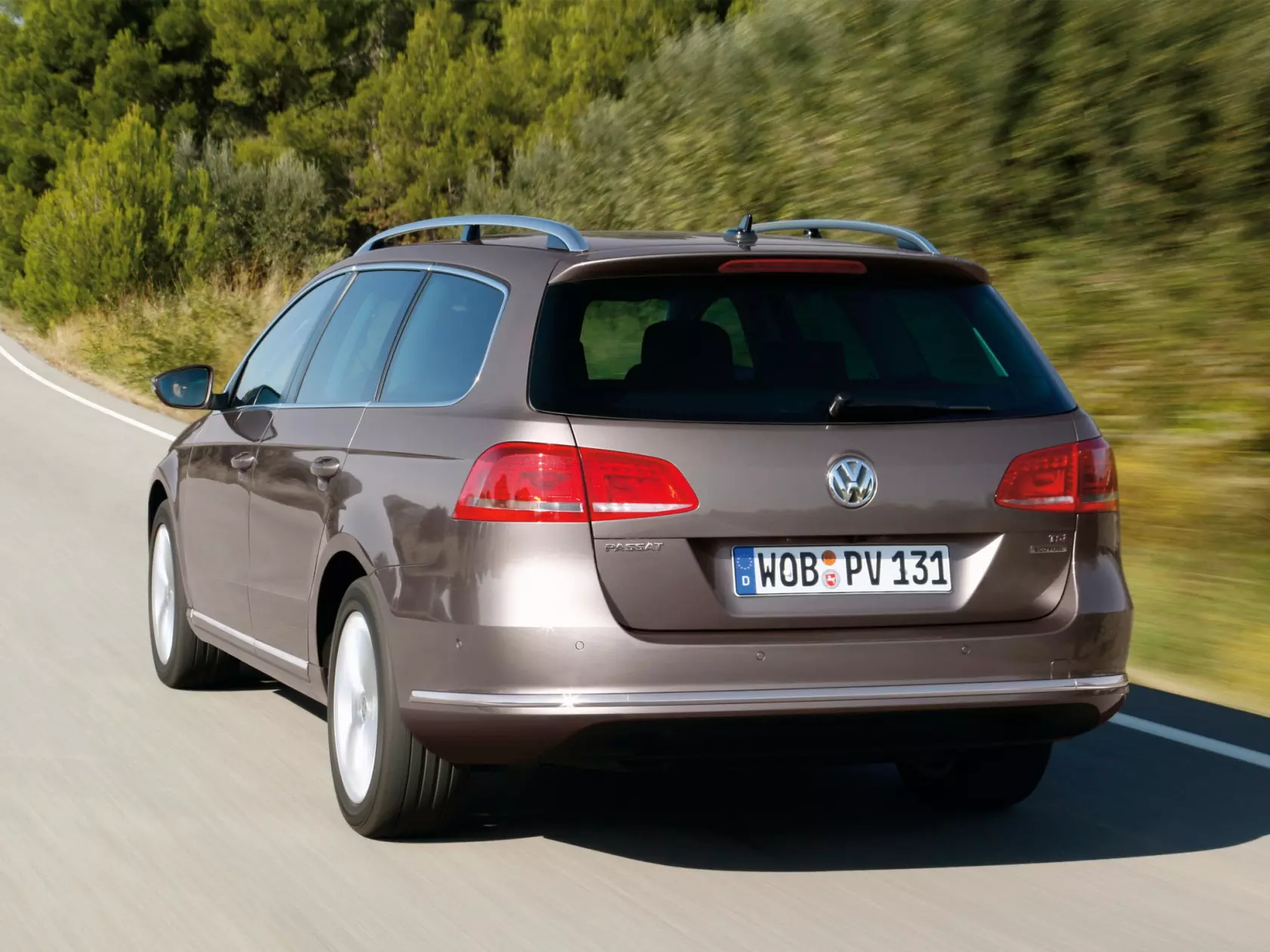 The Passat TSI EcoFuel used to be a trailblazer, now it's a veteran
The Passat TSI EcoFuel used to be a trailblazer, now it's a veteran 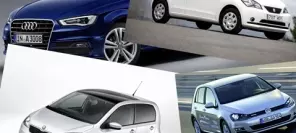




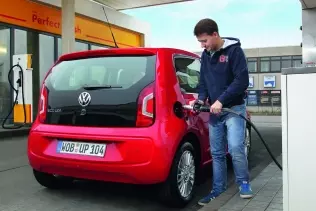 © VolkswagenFrom this perspective, the eco up! is actually different from Mii and Citigo thanks to the rear hatch made of glass
© VolkswagenFrom this perspective, the eco up! is actually different from Mii and Citigo thanks to the rear hatch made of glassLet's start with the smallest models available. First up is, well, the Volkswagen up! and its Seat- and Skoda-badged counterparts, the Mii and Citigo, respectively. In petrol-only versions, they all feature two variants of the same 1-litre 3-cylinder MPI engine, offering 60 or 75 PS. For CNG, the unit has gained a third, middle-of-the-road variant, churning out 68 PS of power and 90 Nm of torque (5 Nm less than on petrol). The triplets have double CNG tanks, one with a gross capacity of 35 l, the other – 37 l. The former is placed in front of the rear axle (so the petrol tank has shrunk to hold only 10 l of fuel, for emergency use), the latter is located underneath the 251 l boot, thus eliminating the spare wheel. According to Volkswagen, Skoda and Seat, the cars need as little as 2,9 kg/4,4 m3 of CNG per 100 km (which corresponds to running costs of roughly 3 euros/100 km in Germany) and CO2 emissions are just 79 g/km.
 © AudiYou can't actually buy Audi's e-gas, but they'll make sure your CO2 emissions from regular CNG are properly offset
© AudiYou can't actually buy Audi's e-gas, but they'll make sure your CO2 emissions from regular CNG are properly offsetMoving two classes upwards (there are no CNG variants of the Ibiza, Fabia and Polo, at least for the time being), we have more diversity – Volkswagen Golf, Seat Leon, Audi A3 and Skoda Octavia may be all underpinned by the MQB platform and use the same engines, but at least they differ more considerably on the outside. The four cars (Golf TGI BlueMotion, Leon TGI, A3 g-tron and Octavia G-TEC) share the 1,4 TSI engine, which is good for 110 PS/200 Nm and use virtually the same methane tank layout (15 kg/20 m3 capacity), but the major difference against the up!/Mii/Citigo trio is that petrol tanks remain full-sized (as compared to petrol-only versions). Performance is comparable for all four cars, so is fuel consumption (4,7 m3 for Golf, Leon and A3, 5,4 m3 for Octavia) and CO2 emissions (92-97 g/km). Interestingly, Audi has launched a synthetic methane plant along with the A3 g-tron, thus bringing the car's CO2 emissions to zero on a well-to-wheel basis.
And that's pretty much it as far as brands other than Volkswagen are concerned. The Wolfsburg carmaker has three additional models, though, two of which feature the 2,0 TSI engine – the Passat EcoFuel and the Caddy EcoFuel (the third one is the Touran, powered with the 1,4 TSI unit). They're all about to be replaced by new generations, so now is the last call for anyone willing to get one, although it could make more sense to wait for the newcomers, especially since Passat and Caddy will most probably feature downsized, more economical engines. The new Passat is already here, so a new EcoFuel/TGI BlueMotion variant is merely a matter of time. And the Caddy/Touran duo? No word about their successors as of yet (apparently they're still good enough and VW is anything but hasty about replacing them), but even so they're bound to appear sometime in 2015 or 2016.
All in all, the Volkswagen Group has one of the most comprehensive CNG lineups on the market today. And it's bound to improve further once the new generation of the B segment models becomes available with optional CNG conversions. The new iteration of the Fabia is already here, with new Polo and Ibiza about to follow sooner rather than later. It has already been announced that their methane-powered variants will be offered (no word concerning the Audi A1, though), so the only thing left to do now is wait. Once the superminis are out, the VW Group will be light years away from direct competitors. Which is good, actually, since it may motivate other carmakers to do something about it. We'll keep you updated on any developments.
You may also find these interesting:
 loading results...
loading results...
